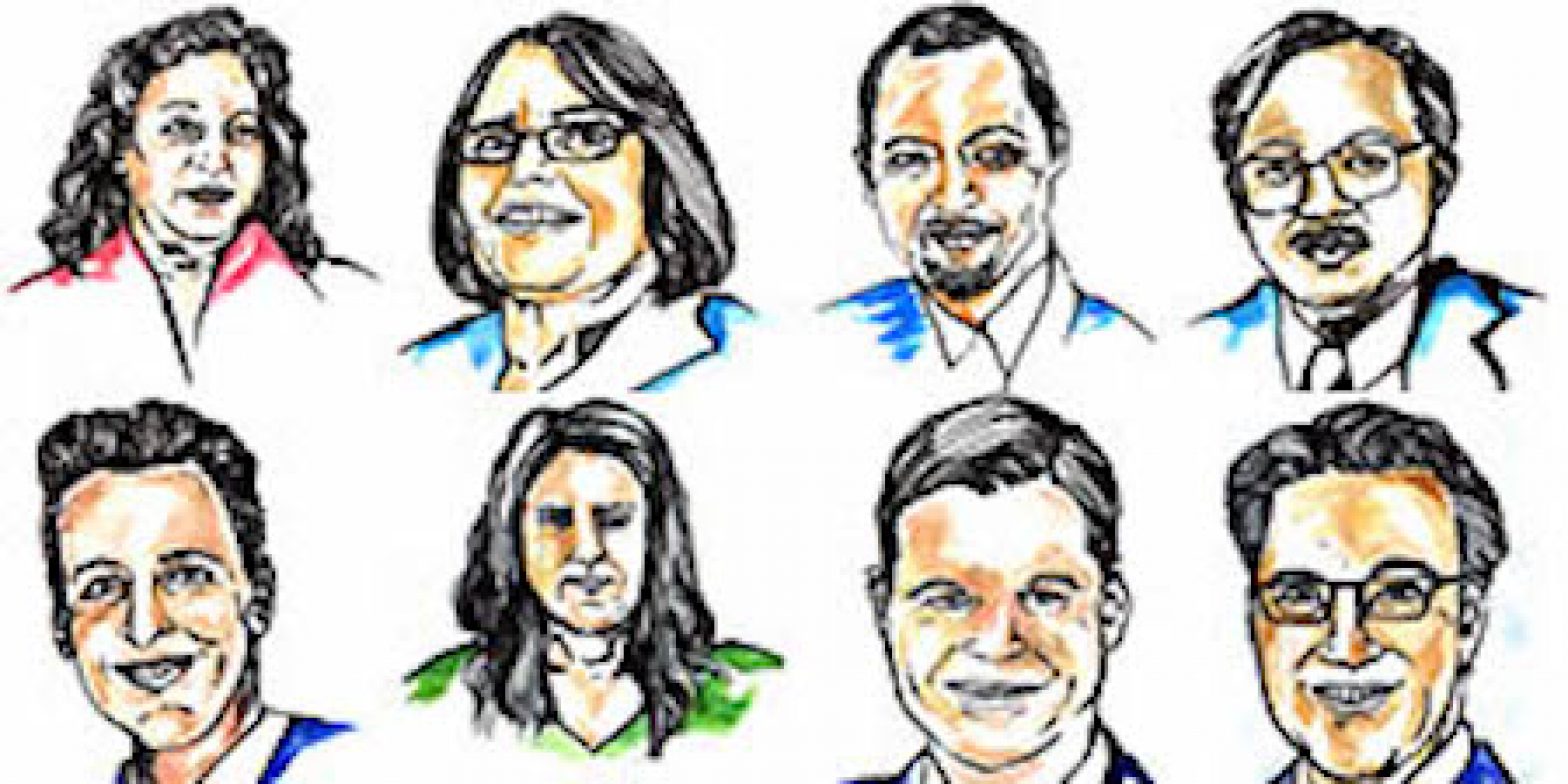News
Thoughts on Homelessness From San Francisco Civic Leaders
Part of a special report on homelessness and mental health in San Francisco, in the fall 2014 print edition. Stories rolling out online throughout the fall.
San Francisco has struggled for more than 10 years to solve the problem of chronicl homelessness. While the current consensus endorses the principle of “housing first” — stabilizing people by getting them off the streets and into basic housing — there is little agreement about the optimal policies to pursue. We asked eight civic leaders for their ideas about how to improve the living situations of the thousands of people currently living on the streets and in shelters.








